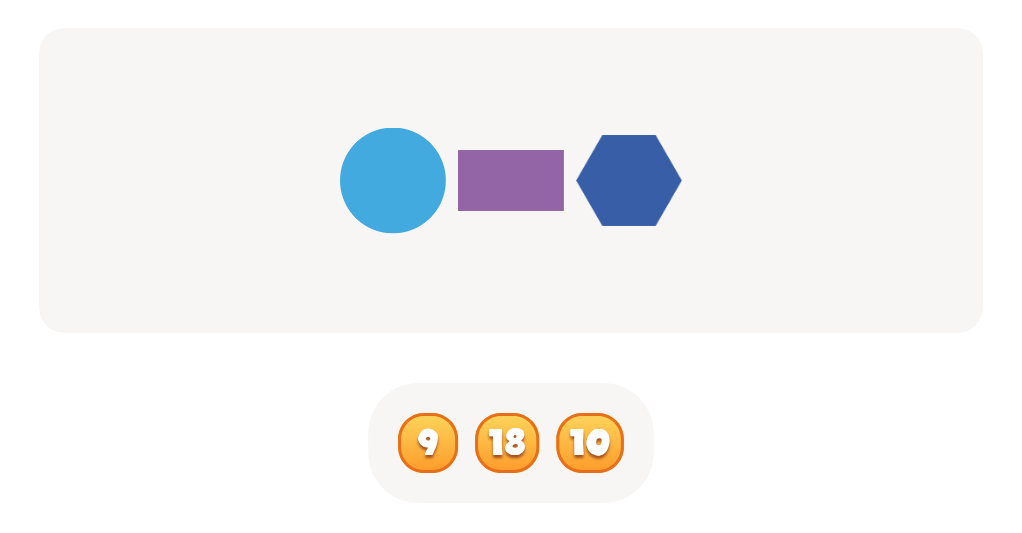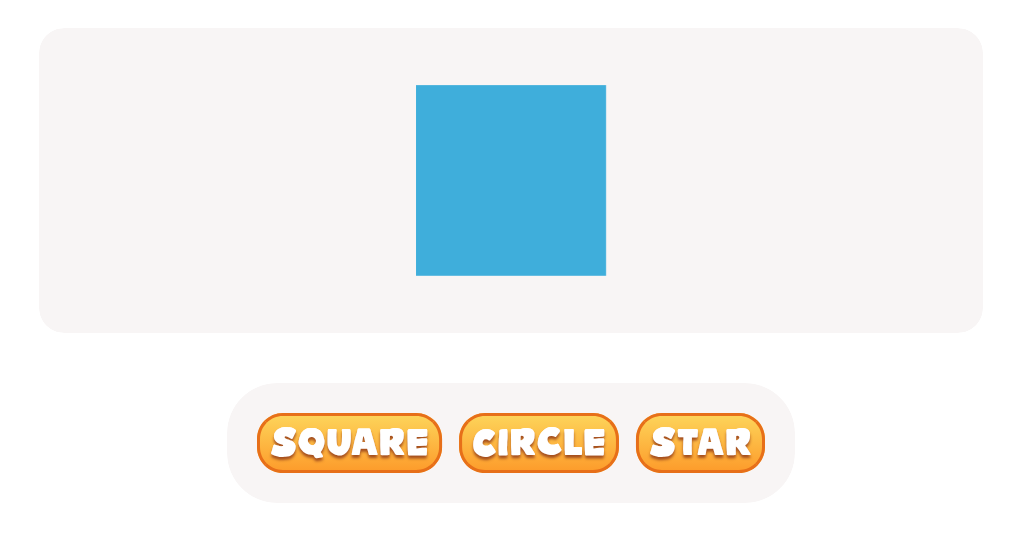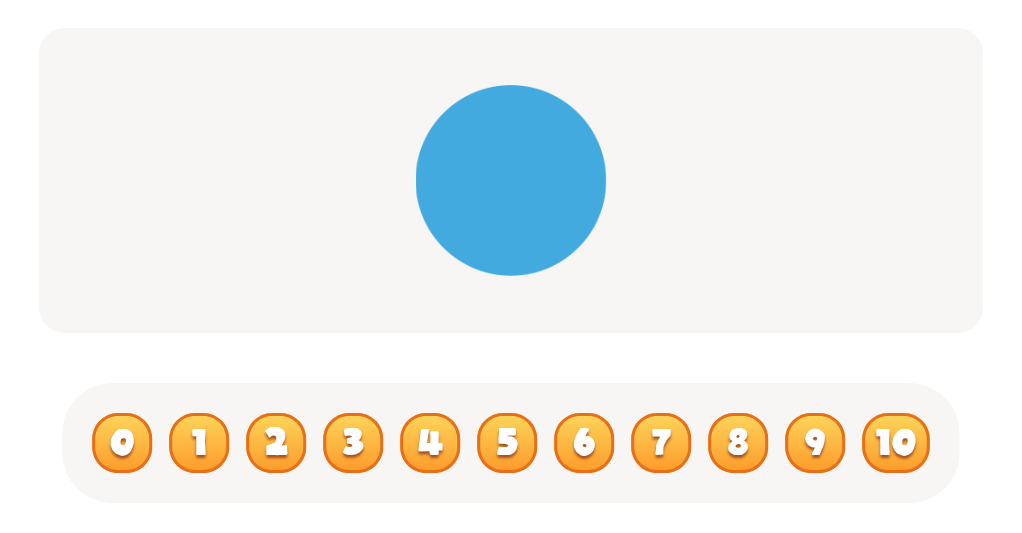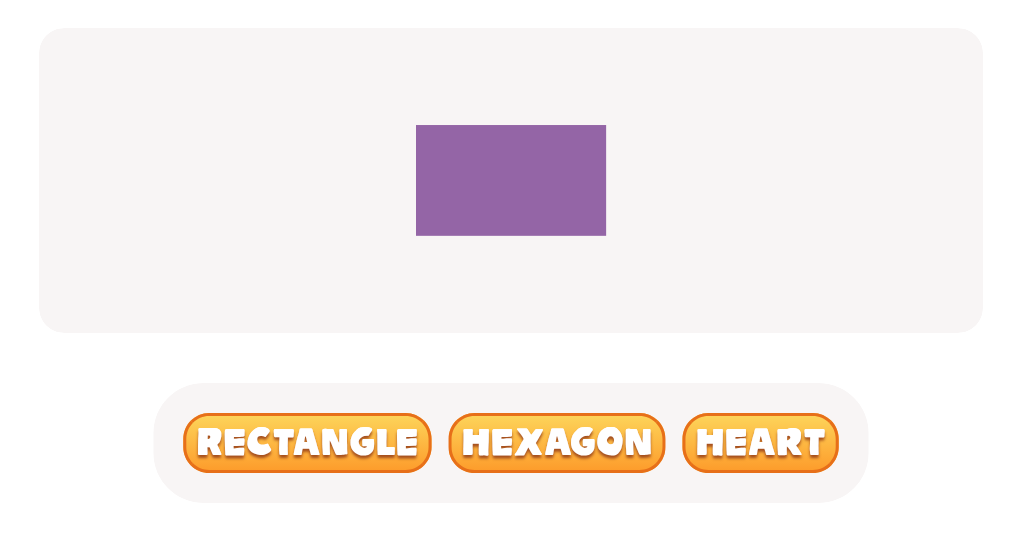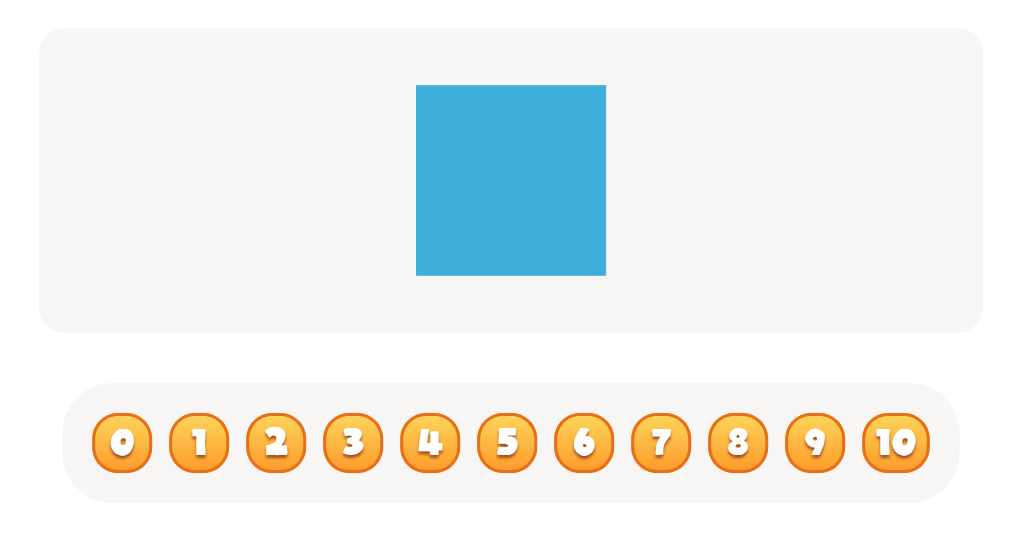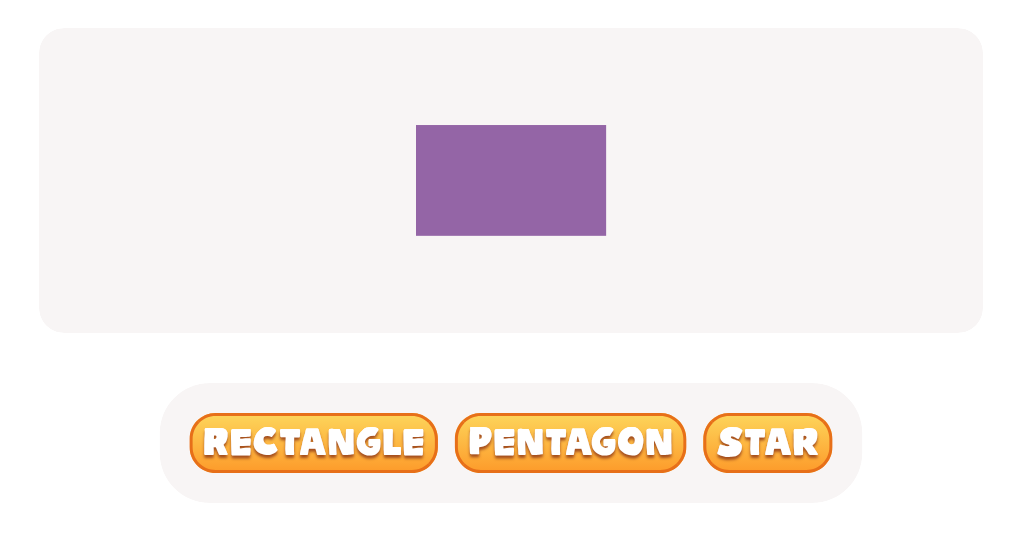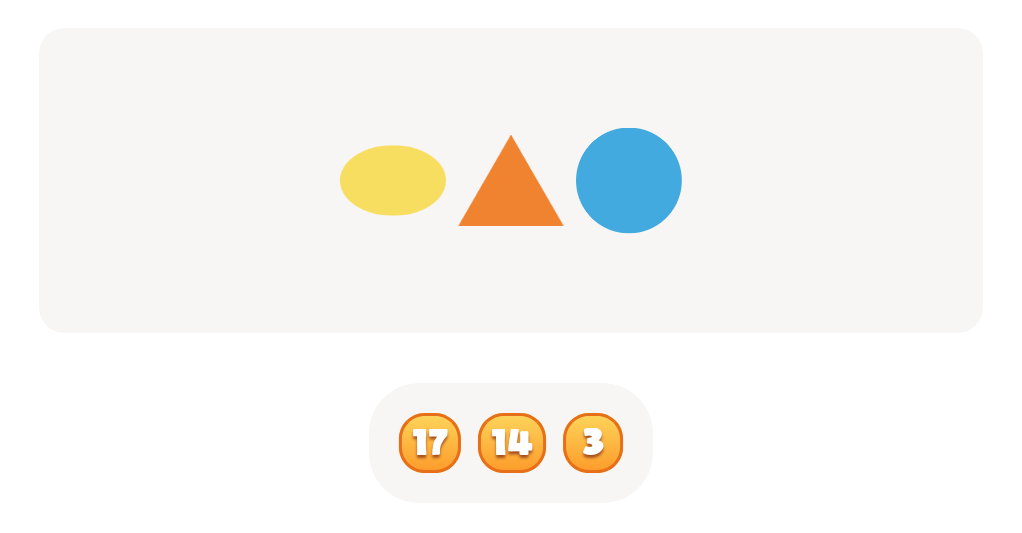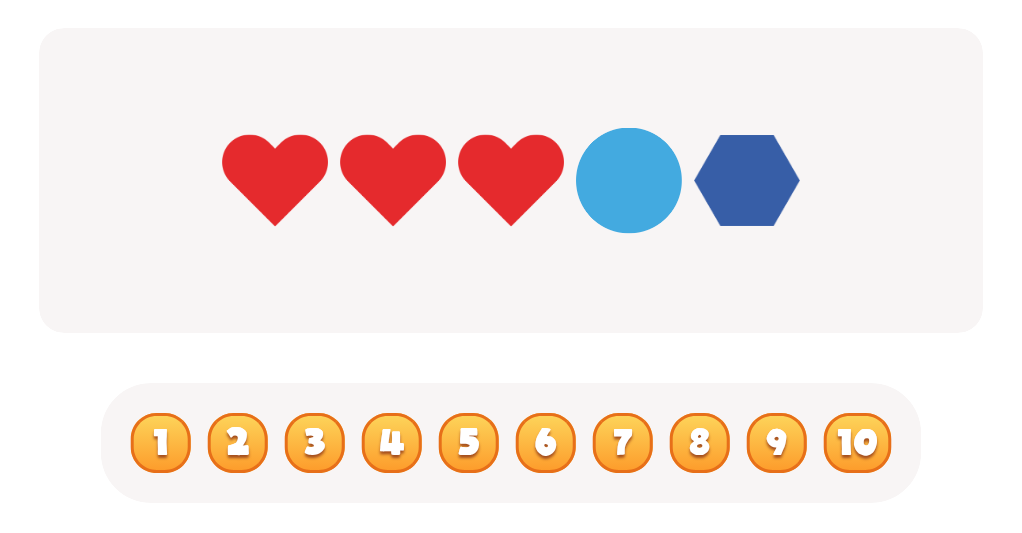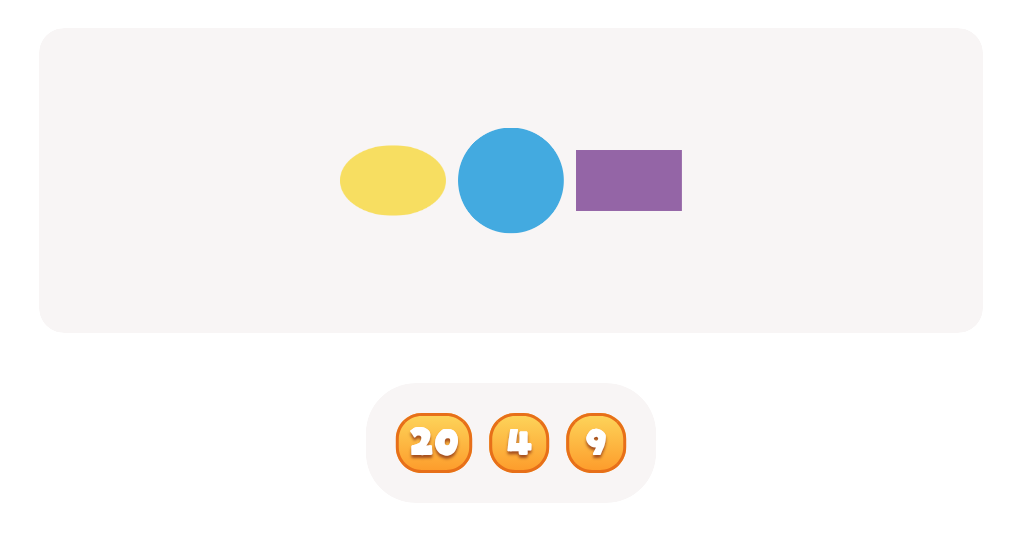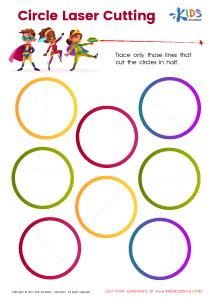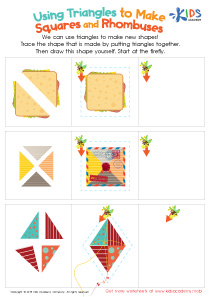Critical Thinking Normal 2D Shapes Worksheets for Ages 5-6
5 filtered results
-
From - To
Discover engaging Critical Thinking Normal 2D Shapes Worksheets designed specifically for children aged 5-6. These worksheets encourage young learners to explore fundamental geometric concepts while enhancing their critical thinking skills. Through fun activities and vibrant illustrations, kids will identify, compare, and categorize various 2D shapes, fostering a deeper understanding of mathematics. Carefully crafted to promote problem-solving and analytical abilities, these worksheets provide a solid foundation for future learning. Ideal for both classroom and home settings, these resources ensure an enjoyable learning experience that encourages creativity and exploration. Equip your child with the skills they need while having fun with 2D shapes!
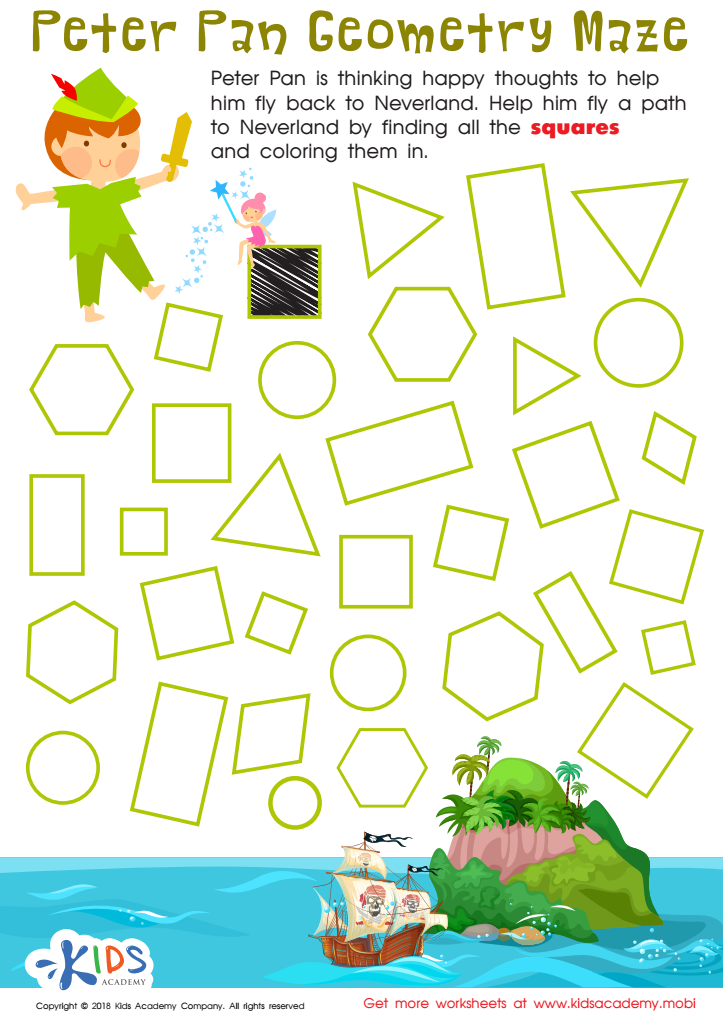

Peter Pan Worksheet
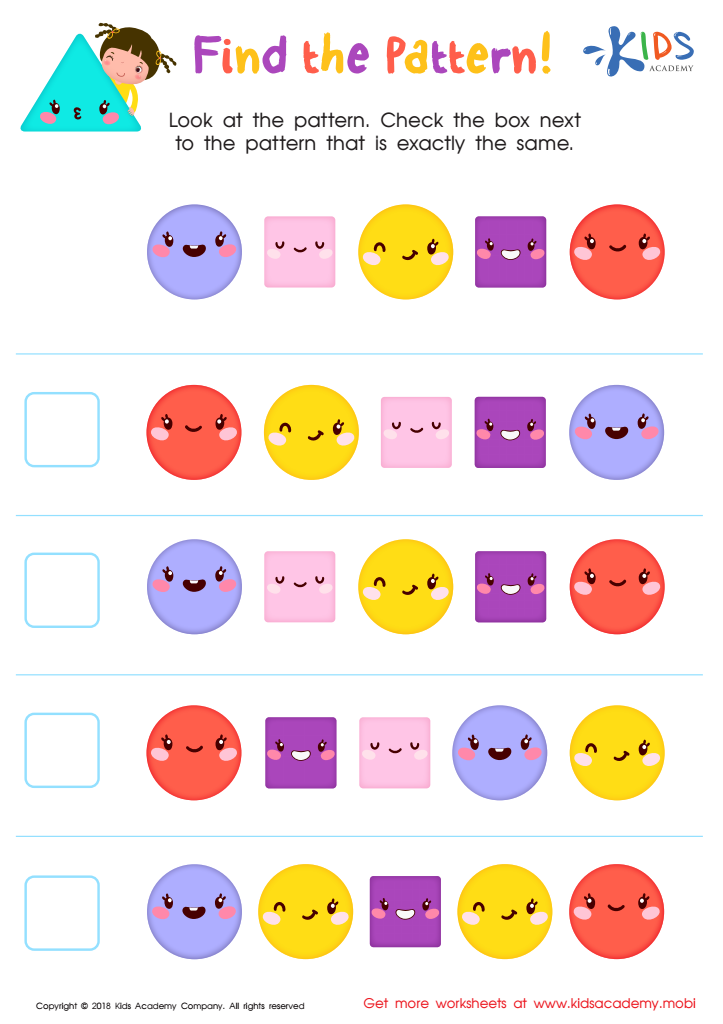

Find the Pattern Worksheet
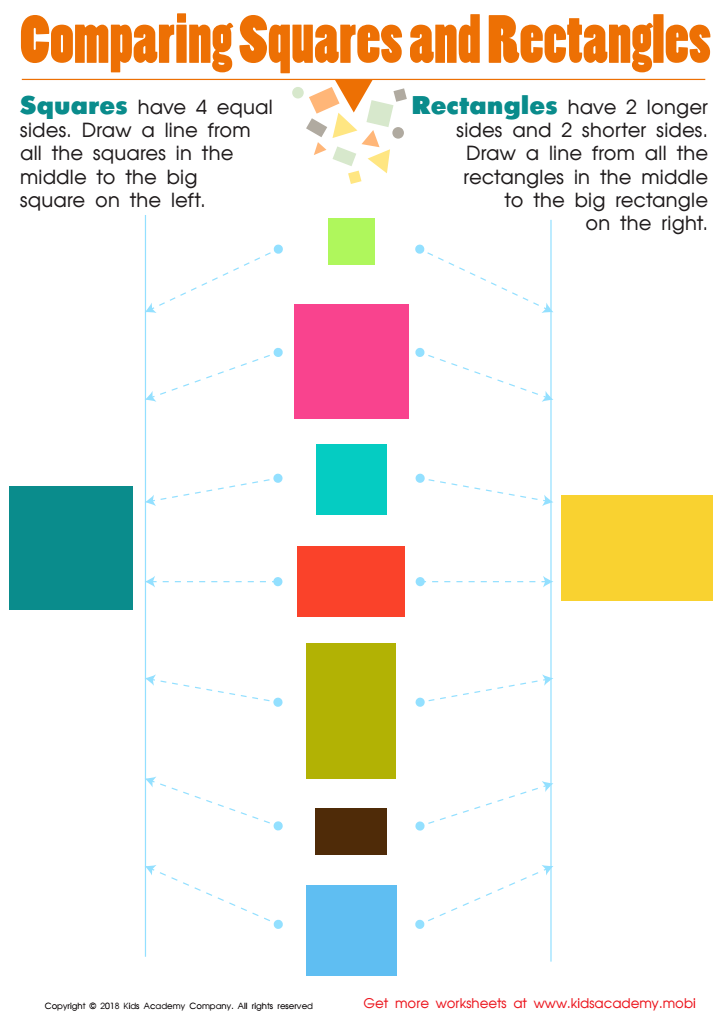

Comparing Squares Rectangles Worksheet
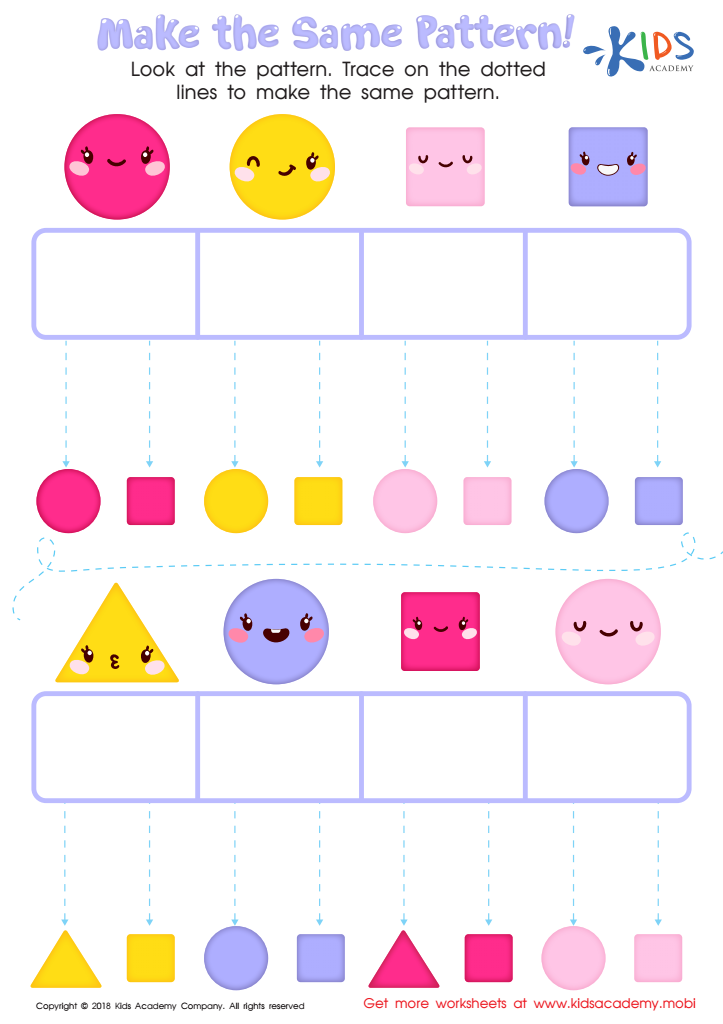

Make the Same Pattern Worksheet


Using Squares to Make Rectangles Worksheet
Parents and teachers should care about teaching critical thinking through the exploration of normal 2D shapes for children aged 5-6 because it lays the foundational skills necessary for future learning. At this age, children are naturally curious and eager to explore their environments, making it an ideal time to introduce fundamental concepts of geometry and shape recognition. Engaging with shapes encourages problem-solving and analytical thinking, as children learn to identify, compare, and categorize different figures.
Critical thinking skills cultivated through shape activities enhance a child's ability to reason and make connections between concepts, which is vital for more complex mathematical reasoning later in their education. For instance, understanding the properties of shapes can lead to better spatial awareness and foster creativity as children learn to visualize and manipulate objects in their minds.
Furthermore, these activities encourage collaboration and communication among peers when students work together on shape-related tasks, reinforcing social skills. Parental support reinforces these lessons at home, linking classroom experiences to real-world applications. In summary, focusing on critical thinking about 2D shapes not only promotes cognitive development but also instills a love for learning that can benefit children across various subjects as they grow.
 Assign to My Students
Assign to My Students
